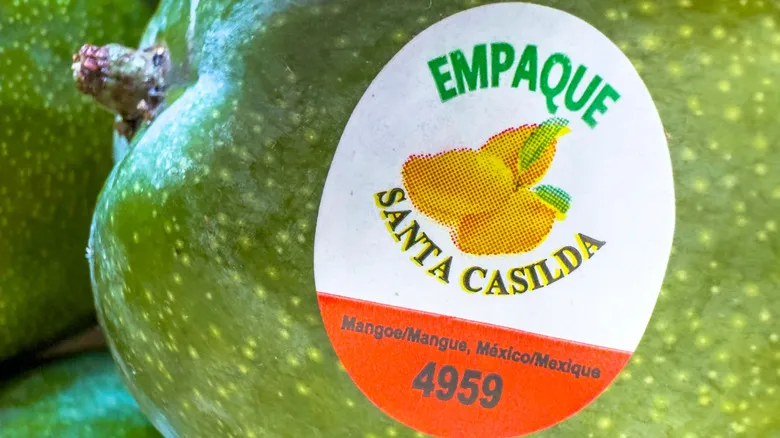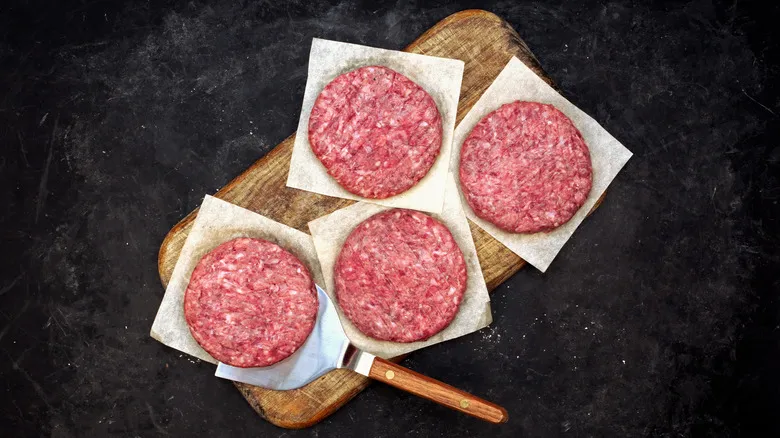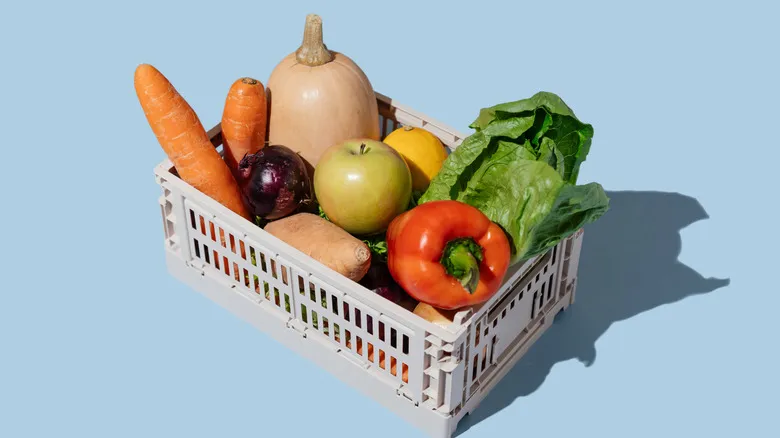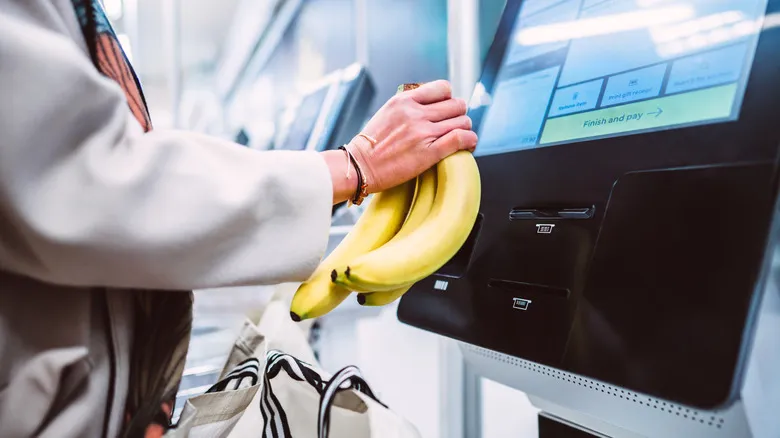More info about the PLU codes

To locate the code for fruits or vegetables in a grocery store, search for a barcode on the item in question. The four- or five-digit code will typically be positioned near the barcode, often above the name of the fruit or vegetable. The barcode itself is usually found below this code. Keep in mind that this is a general guideline; the layout of the sticker may vary depending on the store where you purchase the produce.
This numbering system has been in place since the 1990s and is managed by the International Federation of Produce Standards. Currently, there are approximately 1,400 codes, with those for fruits and vegetables falling within the 3000s to 4000s range. For example, the code for bananas is 4011, which is part of the 4000 series. Each code provides specific information about the type of fruit or vegetable, including details on how it was grown, its size, and its variety. While this information assists store employees in identifying products based on the code, you will likely become familiar with the meanings of these codes over time, especially if you use them frequently.
Ultimately, the purpose of this coding system is to promote transparency and safety in food labeling for consumers. While knowing the four- and five-digit codes for a few of your favorite fruits and vegetables can expedite your checkout process, it also keeps you informed. So, take advantage of this system while you shop.
Recommended

Pastry Wasn't Exactly For Eating In The 16th Century

The Historic Reason Ground Beef Is Sometimes Called Hamburger

The Bizarre Evolution Of Ketchup

How Grocery Co-Ops Make It Easier To Save Money And Shop Smart
Next up

